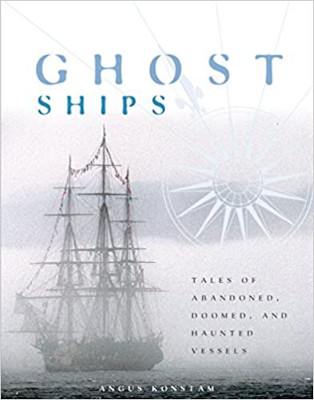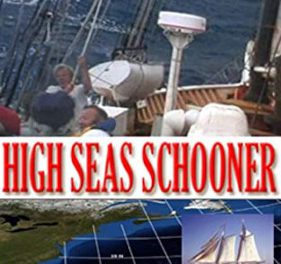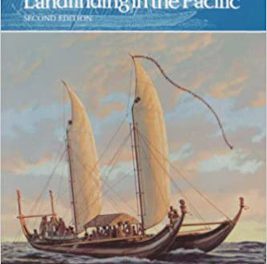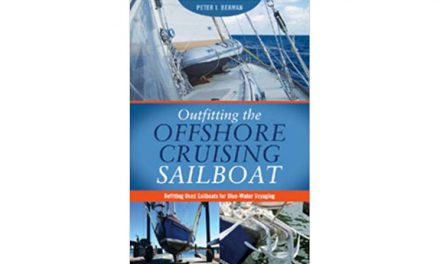
“The notion of the ghost ship has long caught the imagination of the public . . . this popularity reflects our abiding interest in two linked phenomenon; mysteries of the sea and inexplicable, apparently supernatural events.”
This observation by the author rings true for me. While on summer vacation on Manitoulin Island, I had the opportunity to pick up this book and read it. A couple days of rainy weather made a perfect setting for the subject as the fog and mist rolled across the tiny lake. And what could be more perfect as Halloween is on our minds this month?
For this book, Angus Konstam has gathered stories of ghost ships, haunted ships, ships with bad luck, and even ships that were considered lucky ships but still met tragic ends. Some of the events are well known, such as the discovery of the Mary Celeste adrift and apparently abandoned in 1872 some 600 miles west of the coast of Spain. This mystery still goes unsolved. And, of course, the Flying Dutchman legend is the mother of all ghost ship stories. One event that I vividly remember was the loss of the U.S. Navy’s new nuclear submarine, USS Thresher, in April 1963.
Other stories and events were new to me. I had heard of the SS Queen Mary, but I didn’t know she was thought to be haunted. I’d never heard of the haunted ships HMS Asp, SS Great Eastern and SS St Paul. The book covers some of the tragedies that have given the Bermuda Triangle its notoriety. Also, there are several stories of submarines that are still “on patrol” as they never returned from their final missions and left no clues as to their fate.
The author states, “I freely admit that I am highly skeptical of any suggestion of supernatural forces at work.” Likewise, I am skeptical of attributing these mysteries to supernatural causes and find it refreshing that he is not quick to go down that path. But he also freely admits that the evidence in some of these stories defies logic even though much of it is presented by very credible witnesses.
Angus Konstam was born and reared in the Orkney Islands off the coast of Scotland. He has been curator of several museums in the U.S. and Europe including the Tower Museum in London and Mel Fisher’s Museum in Key West. He has more than 60 books to his credit, mostly dealing with military and nautical history. The list of his titles has whetted my appetite to read more of his works.
I really appreciate that Angus put his museum curator experience to work and incorporated many fine old engravings, paintings, and photographs in this book.
I did find several errors, typos, and contradictions in the book. There were several dates listed for the disappearance of the crew of the Mary Celeste. He stated the length of the USS Maine, destroyed in an explosion in Havana in 1898, as 919 feet when she was only 319 feet long according the U.S. Navy historical website. The map that goes with the text of Donald Crowhurst’s hoax states he spent his time in the South Pacific when, according to Crowhurst’s own logs, he spent eight months sailing around in the south Atlantic while his competitors were busy singlehanding their boats in the Golden Globe Around the World Race. These are merely production errors, I’m sure.
If you have, as I do, an abiding interest in the mysteries of the sea, I recommend this book. You won’t be disappointed.
Ghost Ships: Tales of Abandones, Doomed, and Haunted Vessels by Angus Konstam (Lyons Press, 2005; 144 pages)




